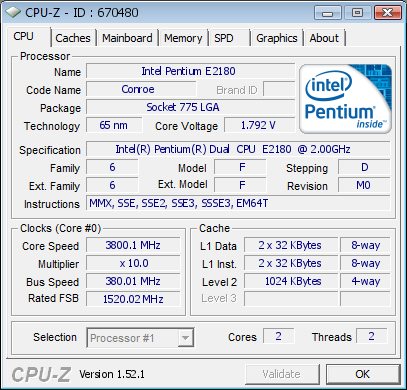- Joined
- Oct 20, 2007
- Location
- McAlester OK
Excellent work! 

Welcome to Overclockers Forums! Join us to reply in threads, receive reduced ads, and to customize your site experience!

Simple, the center of the CPU (where the actual CPU die is) is the hottest part, and thus needs the best cooling. By making my inlet at the center I can cool this are very quickly since water can cool that are quickly and go to the outlet. The center is milled in a way that 60% of the water quickly goes to the outlet while the rest of the water is used to cool the rest of the cooler area of the CPU heatspreader.One thing i am wondering about, why put one hose in the middle and another on the corner, rather then forcing the water to flow from corner to corner or somesuch?
Original design was suppose to be on Copper C110 but CNC cost put Copper out of the running.I bet it'd be another degree or two cooler if you had some pure aluminum, alloying elements decrease conduction rather quickly.
Or pure copper..... omnomnomwhat?







1. It was only $20 for it.Why did you use a transmission radiator?
